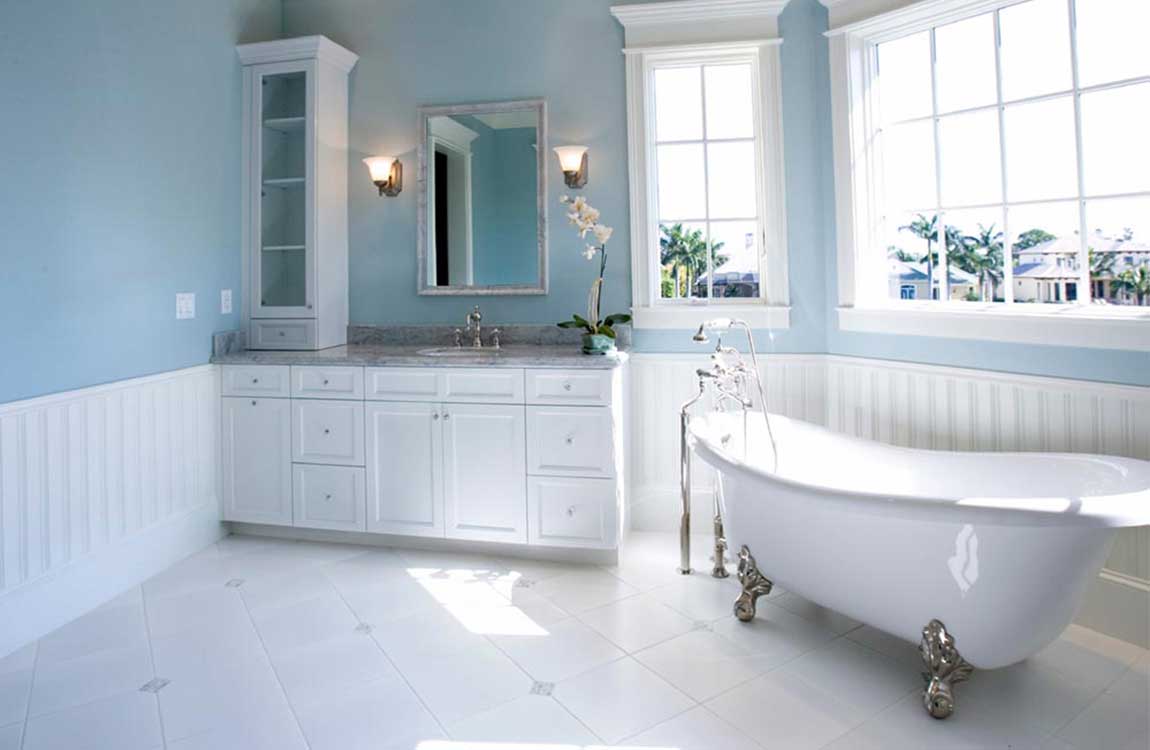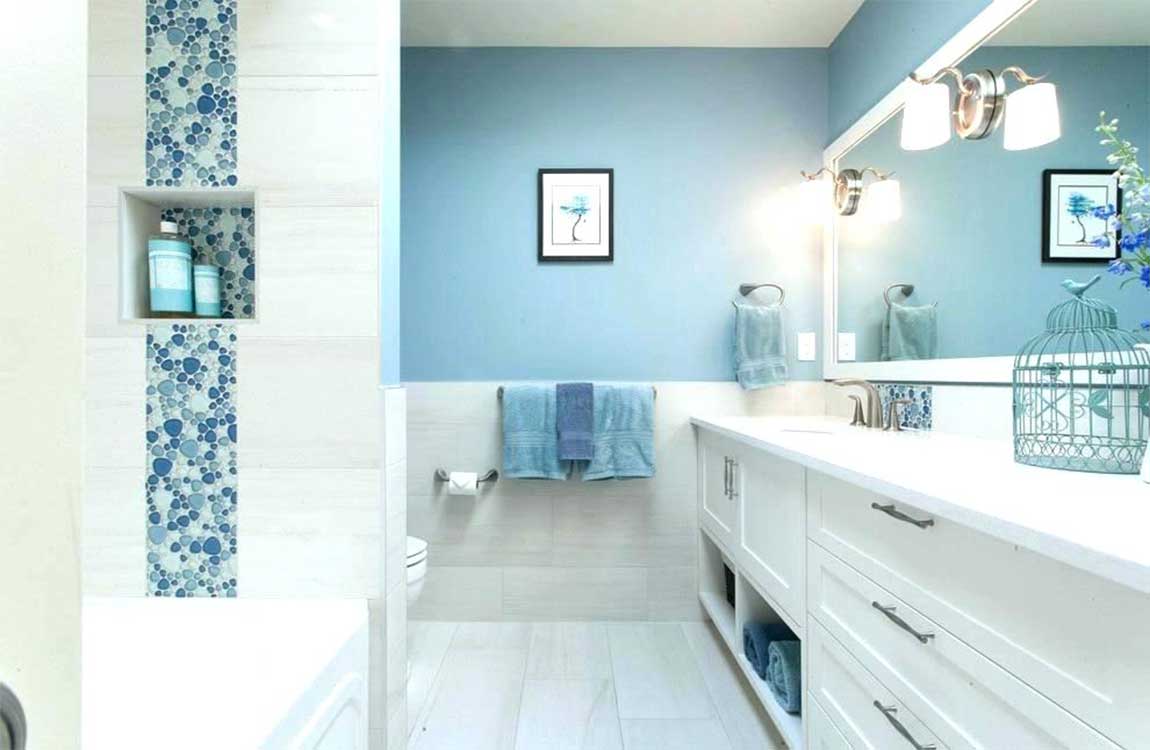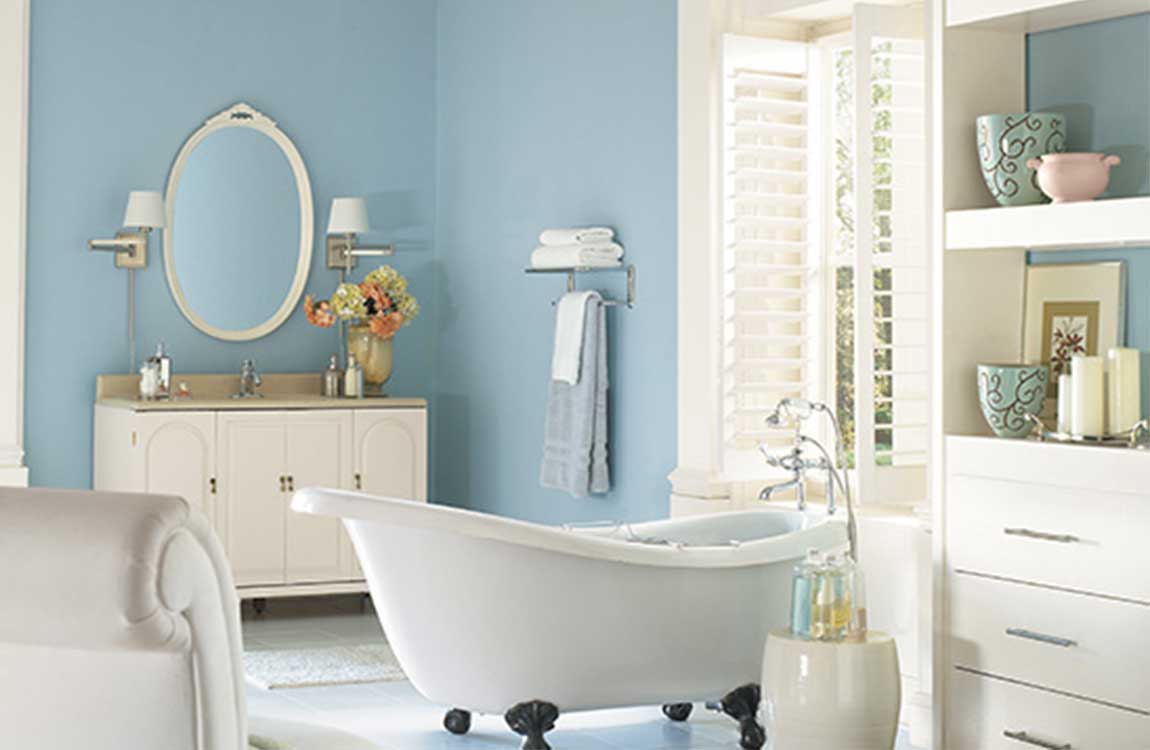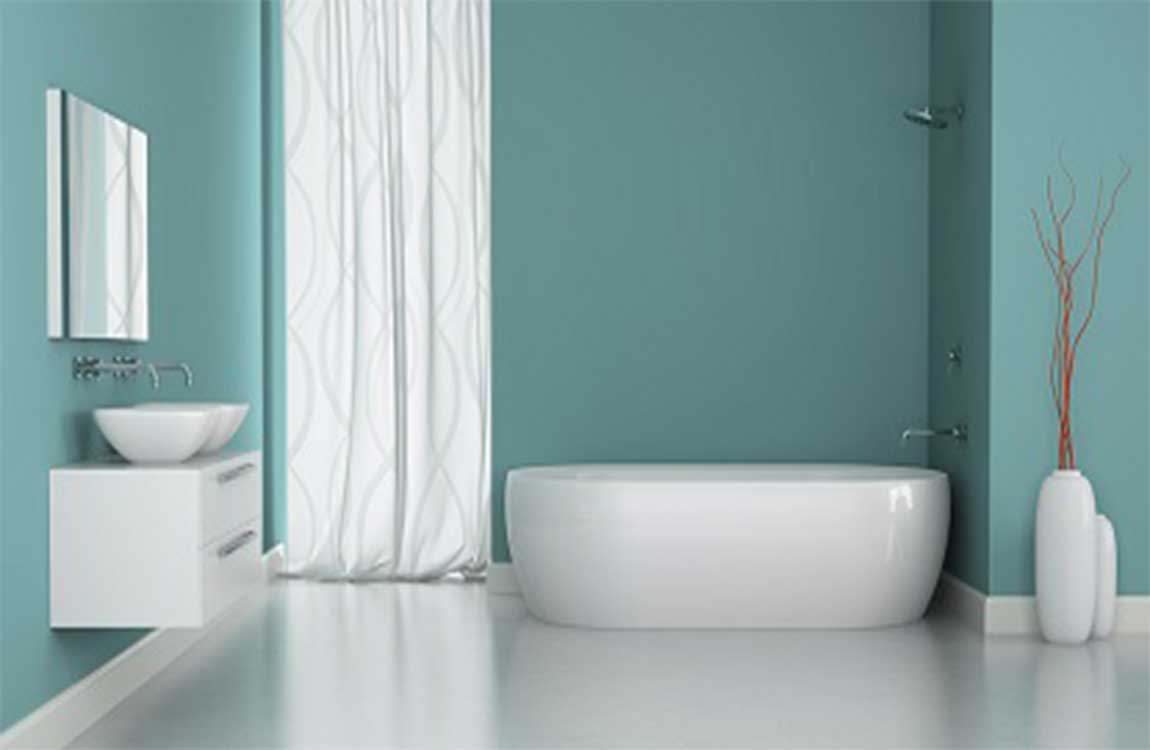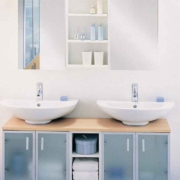How to Paint a Bathroom?
If your bathroom is due for a makeover, breathe new life into it with a fresh paint job. Since bathroom paint has to handle lots of moisture, go with a durable, mildew-resistant product. Before you get to work, lay down drop cloths to keep paint off of the floor and fixtures. Then use a good angled brush to tackle the trim, and cover broader surfaces with a paint roller. With the right tools and a little effort, you can brighten up your bathroom in no time at all.
Use wood filler to repair any holes or nicks in the baseboard, chair rails, or trim around windows and doors. Allow the filler or drywall compound to dry for 6 to 24 hours (check the instructions for specific drying times). Then sand the surface with fine, 320-grit sandpaper until it’s smooth and level with the surrounding surface.
Place drop cloths on the floor and over bath fixtures. Tuck or tape the edges of the drop cloths against the baseboard to protect the floor. Canvas drop cloths are best for the floor, but you can tape sheets of plastic over the sink, tub, and other fixtures. Canvas is heavier and less slippery than plastic. It also absorbs paint, which makes it less likely that you’ll step in a spill and accidentally make tracks around your house.
Check your product’s instructions if you’re not sure about the recommended drying time. Apply a second coat for best results. Use the same techniques to apply the second coat of paint. Paint around the edges of a wall with a brush, then use a paint roller to finish the wall. Remember to paint 1 wall at a time to avoid painting over dried paint.
Wait 24 hours to replace wall hangings, curtains, and socket covers. After the paint has dried completely, cut along the edge of the taped trim with a utility knife, then pull back the tape. Fold up and store the drop cloths, remove the coverings from the bath fixtures, and replace any wall art, curtains, electrical covers, and towel racks. If necessary, replace the toilet and turn on the water supply. If you pull up the tape without cutting it, you might peel off dried paint from the wall that’s bonded with the tape.


